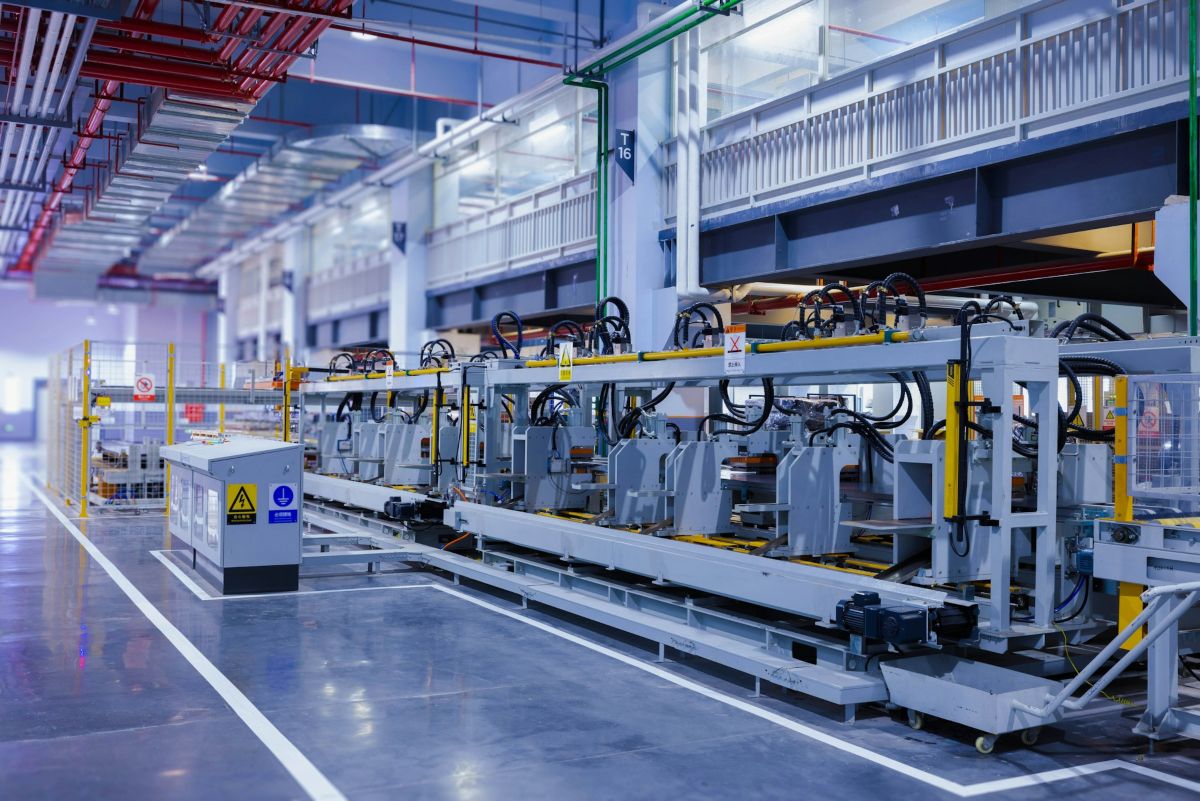What employers can do to ease reopening anxiety
…

As economies open up and people return to workplaces, re-entry anxiety has emerged as its own category of stress.
“It is well known that ambiguity contributes to employee stress and anxiety,” Psychology Today contributor Mark Bolino wrote in March, “and this pandemic is creating tremendous uncertainty.”
For companies to successfully reopen, it’s important for leadership to recognize that stress and anxiety must be taken more seriously than ever, according to the second part of Chapter 2 in How to Safely Reopen the Workplace, Domo’s comprehensive guide to reactivating your workforce.
The reason? “Stress at the workplace is considered one of the main factors affecting employees’ performance and commitment,” Drs. Chanda Patro and Sudesh Kumar of Gayatri Vidya Parishad College of Engineering said. “It is a mental and physical condition that influences an individual’s effectiveness, personal health, and quality of work.”
So how do employers confront this challenge? By understanding all the consequences of too much stress, for starters.
A good place to begin is with the Yerkes-Dodson Law, which suggests that workplace performance improves with physiological or mental stress—but only up to a point. After that point, when stress and anxiety exceed optimal amounts, performance tanks.
There’s also considerable information out there on the topic of psychological resiliency, including a study suggesting that while roughly 65% of people show minimal effects when faced with typical traumatic events, approximately 10% suffer lasting psychological distress.
With COVID, however, these numbers might not remain as positive, according to at least one expert. “The mental health effects of a crisis so sweeping and insidious may not adhere to this paradigm,” Scientific American‘s Lydia Denworth recently noted.
In this perfect storm of environmental factors, the task for employers is to make the return to work as stress-free as possible—not only for the well-being of their workers, but for the health of the company as a whole.
Easier said than done though, right? Maybe. Especially if two contracts that every employer and employee agree to aren’t taken seriously, as well.
Those contracts are the employment contract, which outlines the actual job responsibilities and its compensations, and the psychological contract, which governs how the two parties relate to and feel about each other.
Today, so many of the issues adversely affecting the psychological contract are minor but pervasive. Every time an employee is asked to be in the office to do something that isn’t intrinsic to their specific skill set, or hears a cough down the hall, or enters a restroom when a co-worker is exiting, there’s a moment of anxiety.
At that moment, a cache of trust will either sustain that psychological contract, or erode the contract, according to Dr. Larry Hiner. “Like Maslow’s hierarchy, it’s fundamental, and it’s all built on a base of trust,” the employee-enablement expert said. “If you don’t have trust, you can’t have the rest.”
Unfortunately, many of the tools for managing and reacting to COVID-19 at work lack the humanity and democratization of data that is needed to respond to the current moment. This is why Domo’s approach prioritizes democratizing the data, so that actions taken feel more participatory. It affirms the psychological contract by meeting the safety and security needs of employees.
That sense of safety and concern starts at building entrances where temperatures are scanned upon arrival. When someone registers a body temperature above the norm, they can be sent to a testing center, and employees can use their employee check-in app to notify the company of their results—or to check-in remotely when coming into the workplace isn’t the safest option.
Domo’s Get Back To Work solution provides further peace of mind with its Training & Compliance App, which monitors who has been trained in updated safety protocols. It can also ensure safe workplaces by setting comprehensive sterilization plans and monitoring sanitation crews’ efforts. That way, employees can have confidence that work has been completed, and that meeting rooms and other facilities are safe to use.
To learn what else Domo’s Get Back To Work solution is designed to address, download Chapter 3 of How to Safely Reopen the Workplace now. To participate in thoughtful discussions on the future of work, including best practices for reopening and strategies to keep employees healthy and safe in a post-COVID world, join one of Domo’s upcoming virtual workshops.
BLOGGER’S NOTE: Portions of this post were taken directly from the guide, which was written by Ken Rufo, a Seattle-area PhD-holder and freelancer whose work has appeared in a variety of academic journals.






















